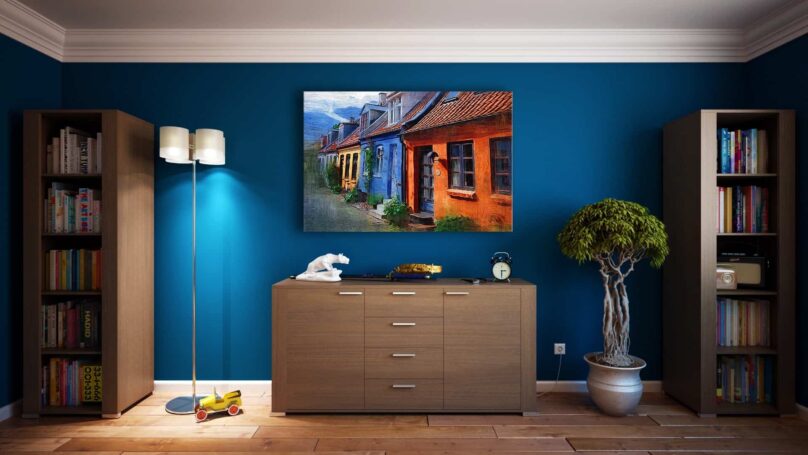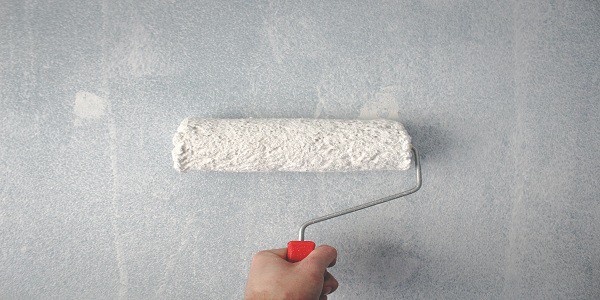Types of Paint work by forming a film on the surface to which it is applied. This film has to do three things; it hides the surface underneath; it must protect it, and it must stay put.
All paint has three main ingredients:
pigment, binder, and carrier. the pigment gives the film its color and hiding power. The binder binds the pigment particles together into a continuous film as the paint dries and bonds the film to the surface beneath.
In traditional paint, this was a natural material such as linseed oil in oil paints, or glue size in distemper. Still, modern paint uses synthetic resins such as alkyd, acrylic, vinyl, and polyurethane.
The third ingredient, the carrier, makes the paint flow smoothly as it is applied, and evaporates as the paint dries.
The ratio of pigment to binder in a paint affects the finish when it dries; the higher the pigment content, the duller the finish. By adjusting this ratio, paint manufacturers can produce paints that dry to a flat matt finish; to a silky sheen, eggshell; or a high gloss.
The choice depends on personal preference, tempered by the condition of the surface: high gloss finishes highlight any imperfections, while matt finishes tend to disguise them.
Types of paint

The paint types used in the home have different carriers. Water-based paint has the pigment and binder suspended in water as tiny droplets. It is an emulsion, like milk, and is usually called emulsion paint.
As the water evaporates the droplets coalesce to form the paint film. Solvent-based alkyd paints have pigment and binder dissolved in a petroleum-based solvent and take longer to dry than water-based paints.
These paints give off a characteristic painty smell as they dry, which many people find unpleasant and to which some are actually allergic. Because of growing awareness of the health risks of inhaling some solvents, the use of these paint is declining in popularity and is already legally restricted in some countries.
Paint also contains a range of other additives to improve its performance. The most notable is one that makes the paint thixotropic or nondrip, allowing more paint to be loaded onto the brush and a thicker paint film to be applied; one coat is often sufficient.

Paint systems
A single coat of paint is too thin to form a durable paint film. To provide adequate cover and performance there must be a paint system consisting of several coats. These depend on the type of paint used, and on the surface being painted.
The first coat is a sealer, which is used where necessary to seal in things such as the natural resin in wood or to prevent the paint from soaking into a porous surface.
The second is a primer, which provides a good key for the paint film to stick to. On metal surfaces, this also stops the metal from corroding or oxidizing. A primer can also act as a sealer.
The third is the film to form a flexible, non-absorbent base of uniform color close to that of the fourth and final layer, the top coat, which gives the actual finish and color.
On walls, for which water-based paint is generally used, the system consists simply of two or three coats of the same paint unless there is a need for a sealer or primer to cure a fault in the surface such as dustiness, high alkalinity, or excessive porosity.
The first coat is a mist coat of thinned paint A primer is also used if walls are being painted with solvent-based paints.

